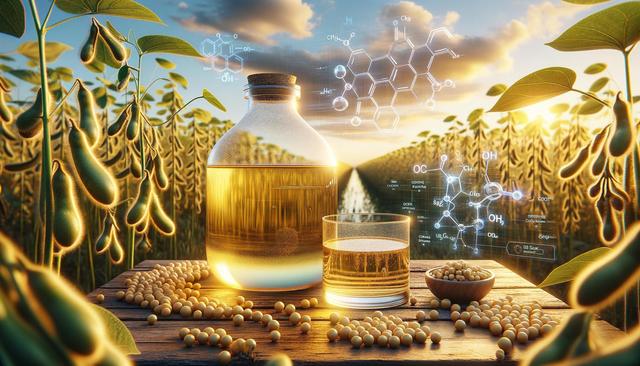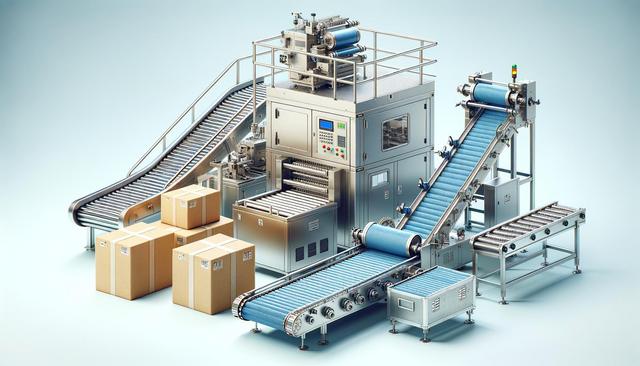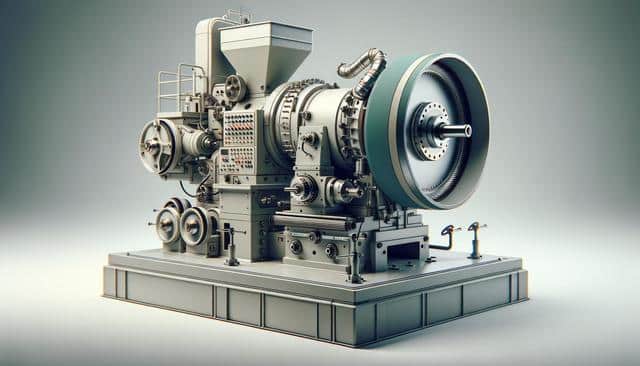
Turning Crops into Clean Energy: Soybeans and Biodiesel
The Role of Soybeans in Renewable Energy
As global energy demands continue to grow, finding renewable alternatives to fossil fuels has become increasingly important. One of the most promising solutions lies in the agricultural sector, particularly in soybeans. These legumes are widely cultivated around the world and serve as a major source of vegetable oil. This oil is a key raw material in the production of biodiesel, a cleaner-burning, renewable fuel that can be used in diesel engines. Unlike fossil fuels, biodiesel from soybeans is biodegradable, non-toxic, and significantly reduces greenhouse gas emissions.
Soybeans are valued not only for their oil content but also for their ability to improve soil health through nitrogen fixation. This dual benefit makes them a sustainable crop choice, especially for farmers interested in integrating energy production into their agricultural practices. With the right infrastructure in place, soybeans can contribute to both food security and energy independence.
From Field to Fuel: The Conversion Process
Turning soybeans into biodiesel involves a multi-step process requiring both mechanical and chemical operations. Each stage is critical to ensure the efficiency and quality of the final product. The initial step begins with harvesting the soybeans using combine harvesters, which separate the beans from the plant material. Once collected, the soybeans are cleaned and dried to reduce moisture content, which is essential for proper oil extraction.
The next phase involves crushing the soybeans to extract crude oil. This is typically done using mechanical presses or solvent extraction methods. The extracted soybean oil then undergoes a process called transesterification, where it is chemically reacted with an alcohol, usually methanol, in the presence of a catalyst to produce biodiesel and glycerin. Specialized machinery is used for:
- Oil extraction and filtration
- Mixing and reaction during transesterification
- Separation and purification of biodiesel
Each of these steps must be carefully controlled to maintain fuel quality standards, making the role of advanced equipment and skilled labor essential.
Environmental Benefits of Soy-Based Biodiesel
One of the primary advantages of using soybeans for biodiesel is the positive environmental impact. Biodiesel has a significantly lower carbon footprint compared to petroleum-based diesel. It reduces emissions of:
- Carbon monoxide
- Particulate matter
- Sulfates
- Hydrocarbons
Moreover, because soybeans absorb carbon dioxide as they grow, the overall lifecycle emissions of soy-based biodiesel are much lower. This closed carbon cycle helps to mitigate climate change by offsetting emissions that would otherwise come from fossil fuel use. Additionally, biodiesel is biodegradable and less toxic than conventional diesel, reducing the risk of environmental contamination from spills or leaks.
Using soybeans for fuel also supports agricultural sustainability by providing farmers with an additional revenue stream. This economic incentive can encourage wider adoption of biodiesel, further amplifying its environmental benefits.
Economic and Social Implications
The biodiesel industry has the potential to stimulate rural economies by creating jobs and increasing demand for domestically grown crops like soybeans. From farming and processing to fuel distribution, each link in the supply chain offers employment opportunities. Regions that invest in biodiesel infrastructure often see increased economic activity and improved energy security.
For soybean farmers, the biodiesel market presents an alternative outlet for their crops, especially during times of market volatility. This diversification can help stabilize income and reduce dependency on traditional commodity markets. Furthermore, local biodiesel production can lessen reliance on imported fuels, keeping more capital within national borders and strengthening domestic energy resilience.
Community-based biodiesel initiatives are also gaining traction, where cooperatives or municipalities invest in small-scale production facilities. These efforts support local economies and promote environmental stewardship, aligning economic growth with ecological responsibility.
Challenges and Future Perspectives
Despite its advantages, the soybean biodiesel industry faces several challenges. One of the main concerns is the competition between using soybeans for fuel versus food. Balancing these demands requires careful management to avoid driving up food prices or compromising food security. Moreover, the production of biodiesel must be scaled sustainably, ensuring that environmental gains are not offset by practices such as deforestation or overuse of fertilizers.
Another factor is the cost of production. While biodiesel technology has improved, the process remains more expensive than refining fossil fuels. Continued research and innovation are essential to enhance efficiency and reduce costs. Policy support, such as subsidies or renewable fuel mandates, can also play a role in making biodiesel more competitive.
Looking forward, advancements in crop genetics, farming practices, and conversion technologies may increase the yield and energy efficiency of soybean biodiesel. Integrating digital tools like precision agriculture and automation can further optimize the entire supply chain, making biodiesel a more viable and sustainable energy solution.
Conclusion: Embracing Clean Energy from the Ground Up
Converting soybeans into biodiesel represents a practical and sustainable approach to addressing modern energy challenges. It leverages existing agricultural systems to create a cleaner, renewable fuel that benefits the environment, economy, and energy sector. For farmers, entrepreneurs, and policymakers alike, soy-based biodiesel offers a compelling case for investing in bioenergy. With continued innovation and responsible management, soybeans can play a key role in a more sustainable energy future.


